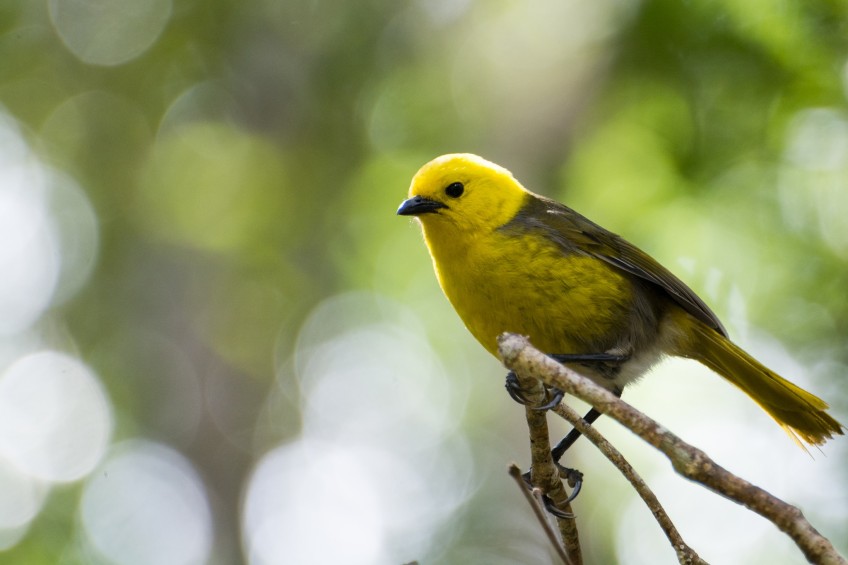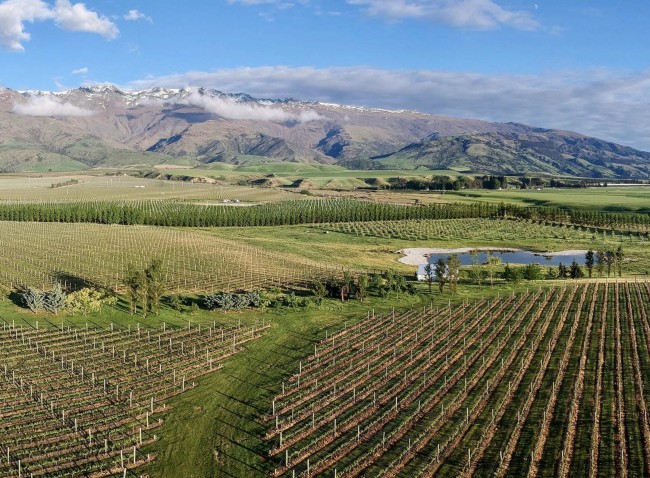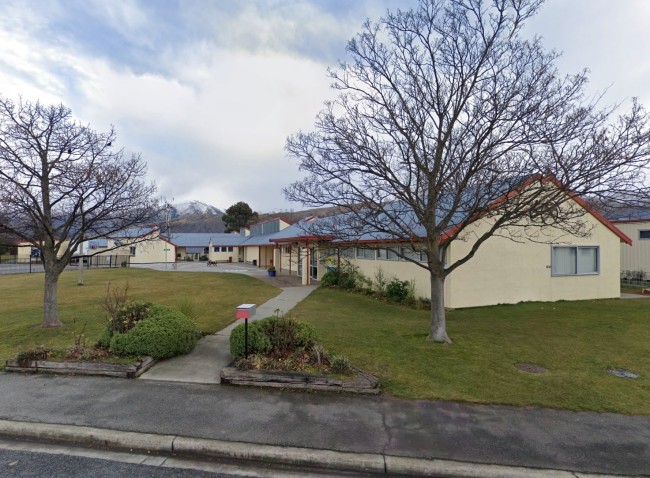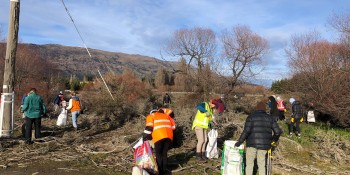
Tracks to close as mass 1080 heli-drop scheduled to start Friday
STORY UPDATE, THURSDAY, MARCH 7: Low cloud forecast for the Routeburn Valley on Saturday means the schedule to drop pellets there has been brought forward by one day, to Friday, March 8, when the forecast is more favourable.
The Routeburn Track (from Harris Saddle to Glenorchy road end) will have access restrictions on Friday morning from approximately 6am until 10am. People will be asked to stay in huts or at track entrances until the sowing of these tracks is completed.
Please note that this is weather dependent, there may be changes to this timing, or additional delays on the day.
The Department of Conservation is set to fly helicopters to drop pellets poisoned with 1080 over a huge tract of national park north-west of Queenstown in a bid to stop a pest plague.
The drop covers more than 50,000 hectares in the Dart, Routeburn and Caples Valleys and is scheduled to take place over two days this week, if the weather holds.
DOC says the operation is targeting rats, stoats and possums to save native birds, particularly the mohua, or yellowedhead, whose numbers in the valleys are dwindling.
Pest numbers have boomed off the back of a beech mast, which sees the native trees seed heavily, and rat numbers rise.
"The increasing rat population seriously threatens the survival of the mohua populations in these valleys, and negatively impacts other native species," DOC says.
A 'pre-feed', designed to condition pests to the pellets, has already taken place.
The plan is for helicopters using GPS technology to fly predetermined flight paths and drop the pellets on Friday and Saturday, although work will continue into Sunday if required.
DOC is warning people of the dangers posed by the toxic pellets, and advising they should not be touched or eaten, including by dogs.
In addition, it warns against eating any animals from the affected areas, included from within "buffer zones", which are two kilometres for deer and pigs, one kilometre for hares, tahr, wallabies and possums, and 200 metres for rabbits.
It says "risks will exist until signage is taken down".
The poisonous pellets are approximately 16 millimetres in diameter, shaped like a cylinder, and dyed green.
Some popular tracks within the drop zone will become no-go zones, and anyone entering them runs the risk of having 1080 pellets rain down on them:
- The Lake Sylvan Track will have access restrictions from approximately 11.30am until 7pm on Friday, March 8, weather dependent
- The Routeburn Track (from Harris Saddle to Glenorchy road end) will have access restrictions the morning of Saturday, March 9, from approximately 6am until 10am. People will be asked to stay in huts or at track entrances until the sowing of these tracks is complete
- The Dart Road will be closed from the Mill Creek Cattle stop to the Chinaman’s carpark - that's the start/end of the Dart Track - from 4pm on Thursday, March 7, until the evening of Saturday, March 9.
- All other tracks in the operational area will be sown over the course of Friday, March 8, and Saturday, March 9. This includes the Caples Track, the northern part of the Greenstone Track, and the Dart Track. DOC advises people to not enter the tracks or other parts of the operational area while the helicopters are operating
These closures are all weather dependent, and people planning to visit the operational area from Friday should check with the DOC Whakatipu Visitor’s Centre on 03 442 7935 for possible delays and further information.
A similar 1080 operation occurred in the area in December 2022.

Image: Supplied/DOC.
Main image (Facebook/Department of Conservation): A mohua/yellowhead.





























